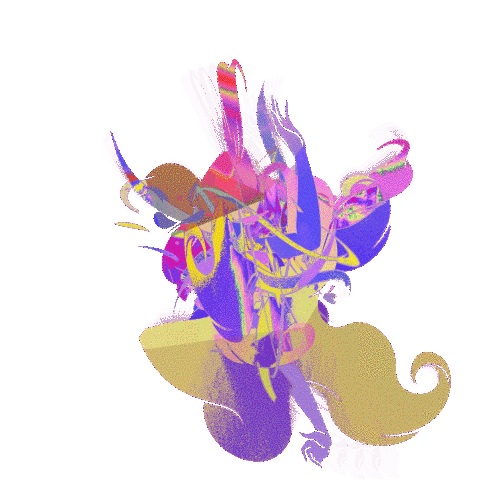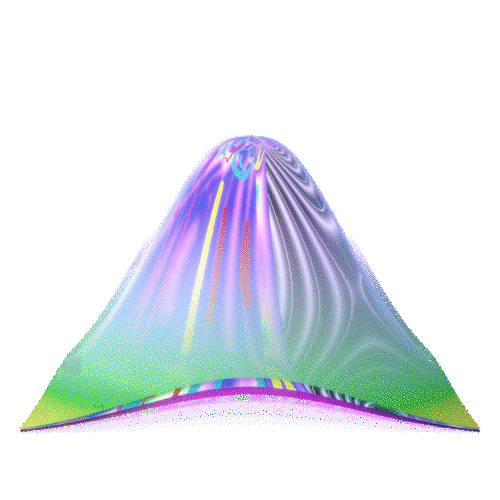
Entry: Animate Assembly
Animation today has proliferated into fields of 3D simulation and computational models, in contexts ranging from economic modelling and ecological activism to architectural and city design, medicine and surgery, educational formats and military training programmes. It has become a significant visualization tool for artists, cellular biologists, financial analysts and urban planners alike. Digital animations intervene in life processes at both the level of individual bodies, to prolong and destroy life, and at the vast scale of planetary phenomena. The political contexts and consequences of animation have changed so that digital animation is now deployed in human rights tribunals, global activism campaigns and speculative future visions. Under these conditions, life is enmeshed in animation in the vast network of software, infrastructure and labour, which require studies far beyond the more limited and specific animation of the past, much of which unfurled in cinemas or on TVs. The expanded critical role of digital animation requires a reconsideration of the political and ethical implications of the animated image and a reimagining of what it means to propose animation as constitutive of life, with all the ontological and experiential resonances of this phrase: animation as a form of life, as a modelling of life, as a site for life-impacting decisions.
The Animate Assembly research network will explore the implications of these new deployments of animation from three angles: Anime, Animism, Anima.
1. Anime, the Japanese term for animation, is grounded in Techno-Imagination. Since the invention of the cinematograph, images have been animated technologically. Hence animated cartoons by Disney, Russian ‘multiplication’ and the now globally consumed Japanese ‘anime’, which all participate in the evolution of a genre of ‘images set in motion’ by various components of the cinematic apparatus (pinscreen, magic lanterns, zoetropes). Our approach reaches beyond a media history of technically animated images and includes consideration of today’s technologically guided imagination as it comes to the fore in East Asian visions and theorizations of animated futures. To think about anime is to reflect too on the emergence and rapid domination of new animated forms such as AR and VR, which integrate animated experience into entertainment and everyday life and to consider the materials of animation, notably liquid crystals, which are a type of lifeform.
2. Animation is grounded in Animism: Animation is encountered in the recurrent nightmare of Western Modernity named Animism. As scholars such as M. Taussig show, no such thing as Animism existed in the societies, cultures and practices decreed ‘animist’ by modern ethnography and anthropology. ‘Animism’ hints rather at a boundary of modern experience that accompanies the displacement and fetishisation of cultural-historical artefacts. Recently the diagnosis of an animist impulse has become a concern in contemporary art exhibition practices and finds echo in ideas of Vibrant Matter or Object Oriented Ontology and Speculative Materialism. Animation and new life of objects haunt our vision of ‘the lively’ and our relation to im/mortality (neuroscience); it induces a reconsideration of established dichotomies such as im/materialism and engenders debates around object-oriented ontology and Realist Magic.
3. Animation’s is root in Anima. In classical philosophy, Aristotle’s treatise On the Soul, translated into Latin as De Anima implies neither a technological nor an animist impulse but a metaphysical one, that is, to ensoul. For Aristotle, the possession of a soul (psyche) is to be understood as the essence of living things and more so as the quintessence of human being. This strand of a wider understanding of Animation opens animation studies to discourses of the trans- and posthuman in contemporary technological and mediated environments. We need to assess the current resonances of anima in an animated environment.
Across these constellations, animation may be understood as a discrete set of experiential and technological possibilities, on the one hand, and a generalised politico-economic set of conditions on the other. Drawing on the crossovers and proliferations afforded by this doubling, the Animate Assembly network aims to debate the currency and significance of analogue and digital animation studies in view of the fundamental transformations occurring in cultural knowledge.
All materials are copyright of the authors and AnimateAssembly.
Animate Assembly is propelled by Verina Gfader (affiliated with Malmö Art Academy/Lund University and City University of Hong Kong, Meaning and Narrative in Abstract Animation research project), Anke Hennig (LMU Munich/ Central Saint Martins, London), Esther Leslie (Birkbeck, London) and Edgar Schmitz (Goldsmiths, London).
Contributors and participants so far include Ramon Amaro, Ama Josephine Budge, Federico Campagna, Rebecca Carson, Mike Cooter, Kazuhiro Goshima, Minori Ishida, Gabriele Jutz, Roshanak Kheshti, Joon Yang Kim, Anja Kirschner, Kyoo Lee (Q), Deborah Levitt, Ruth Maclennan, Sara Mameni, Miltos Manetas, Ruth Maclennan, Angela Melitopoulos, Jonathan Miles, W. J. T. Mitchell, Michael Newman, Nikolaus Perneczky, Lea Porsager, Pete Jiadong Qiang, Marie-France Raphael, Paul Roquet, Kohei Saito, Caroline Sebilleau, Tomoko Tamari, Ueno Toshiya, Jalal Toufic.
recent Assemblies:
Animate Assembly 11: ANIME, 25/26 October 2019, Birkbeck, with Joon Yang KIM and Paul ROQUET
Animate Assembly 12: ANIMA AND NEW LIFE, 5 November 2019, BBK, with Ama Josephine BUDGE, KOHEI Saito and Rebecca CARSON
Animate Assembly 13: ANIMISM, 12/13 December 2019, Goldsmiths, with Sara MAMENI, Lea PORSAGER, TOSHIYA Ueno
Animate Assembly 14: PERFORMANCES OF THE PARTICULATE, 14 December 2019, King’s College, with ANIMATE ASSEMBLY
The assembly has been generously supported by the AHRC, CHASE, ESRC, Birkbeck and Goldsmiths.
Site designed by Torque Editions and developed by Ralph Mackenzie. Gifs and variable typeface by Antonio Roberts.



